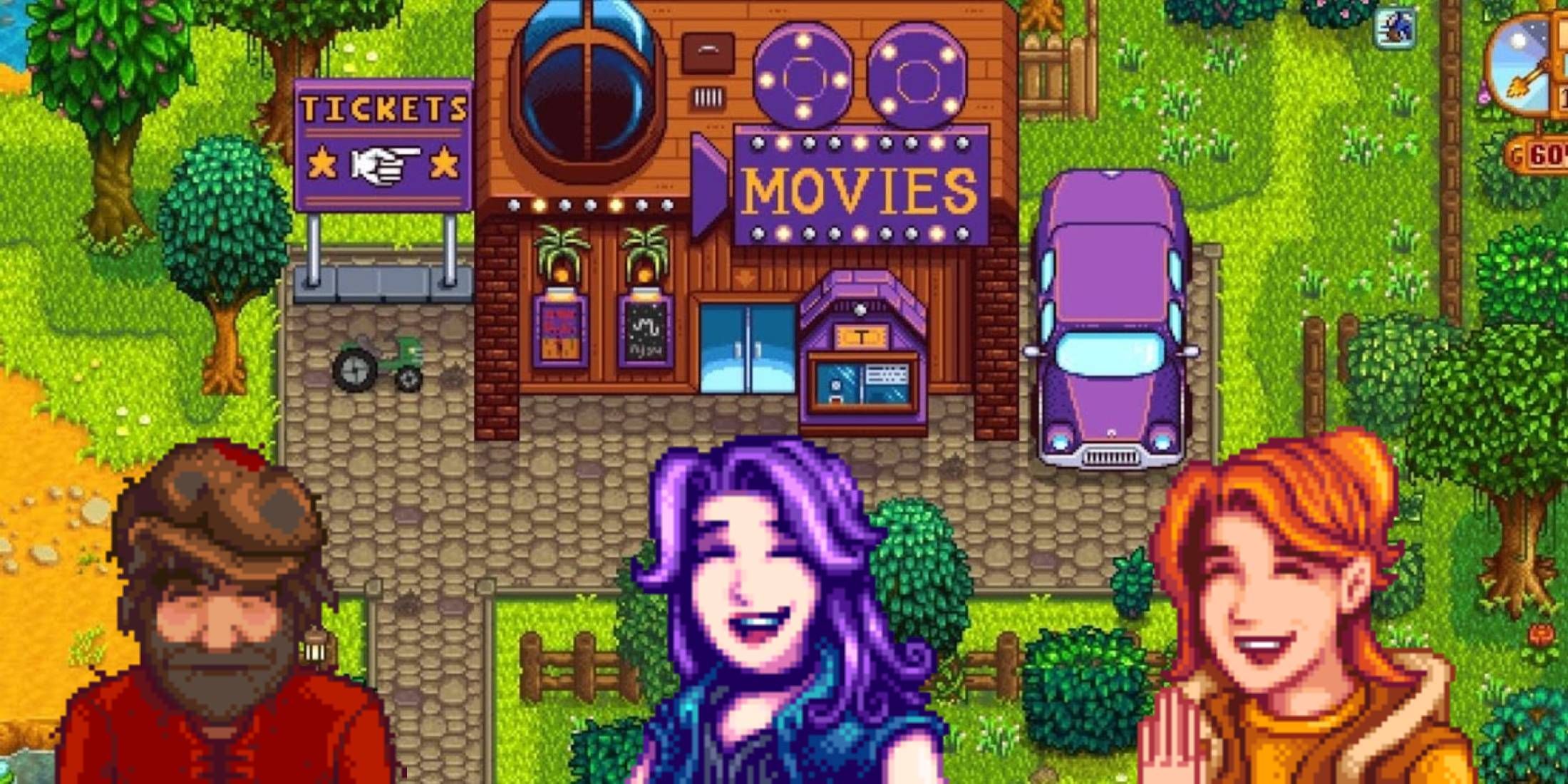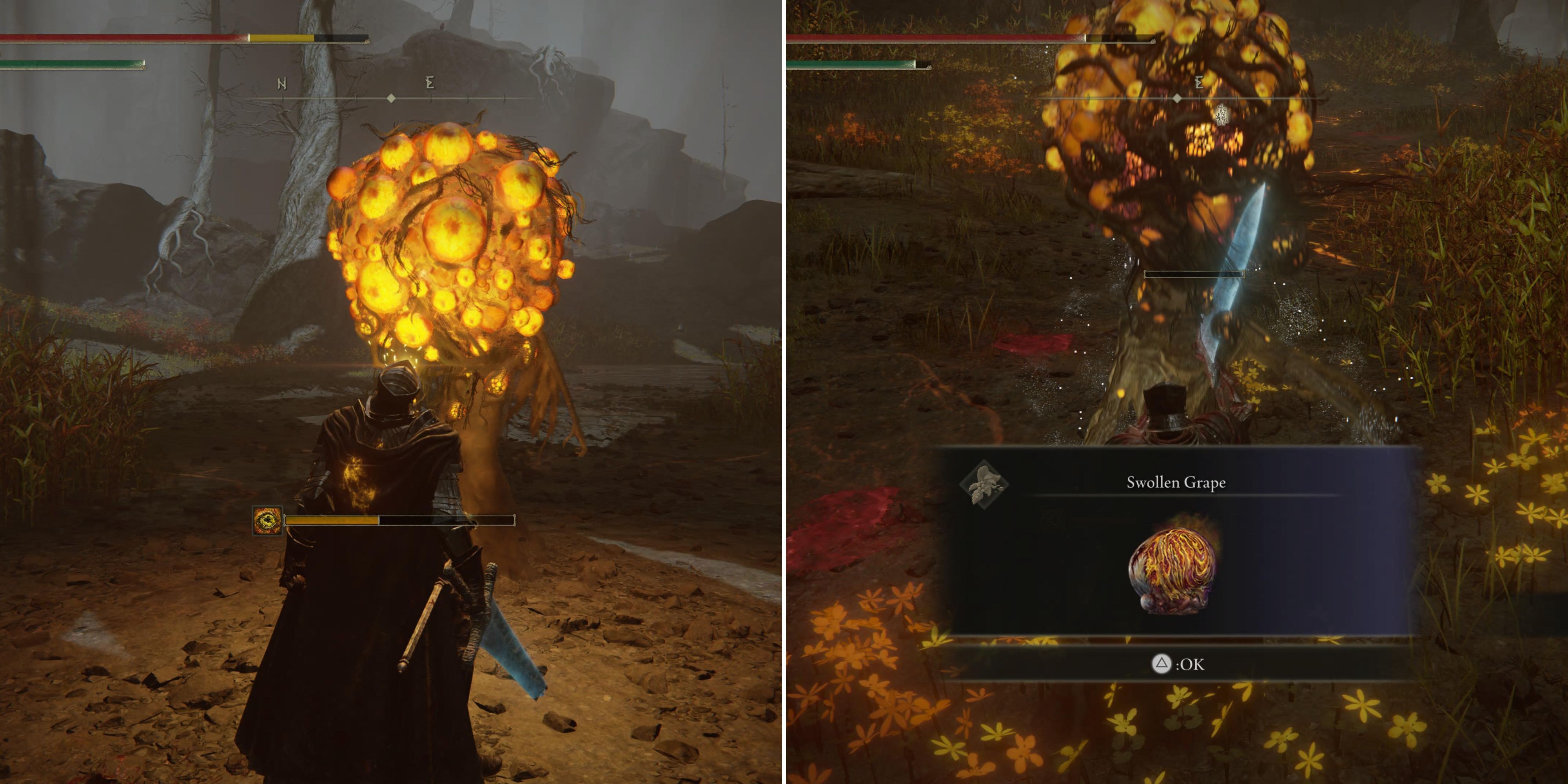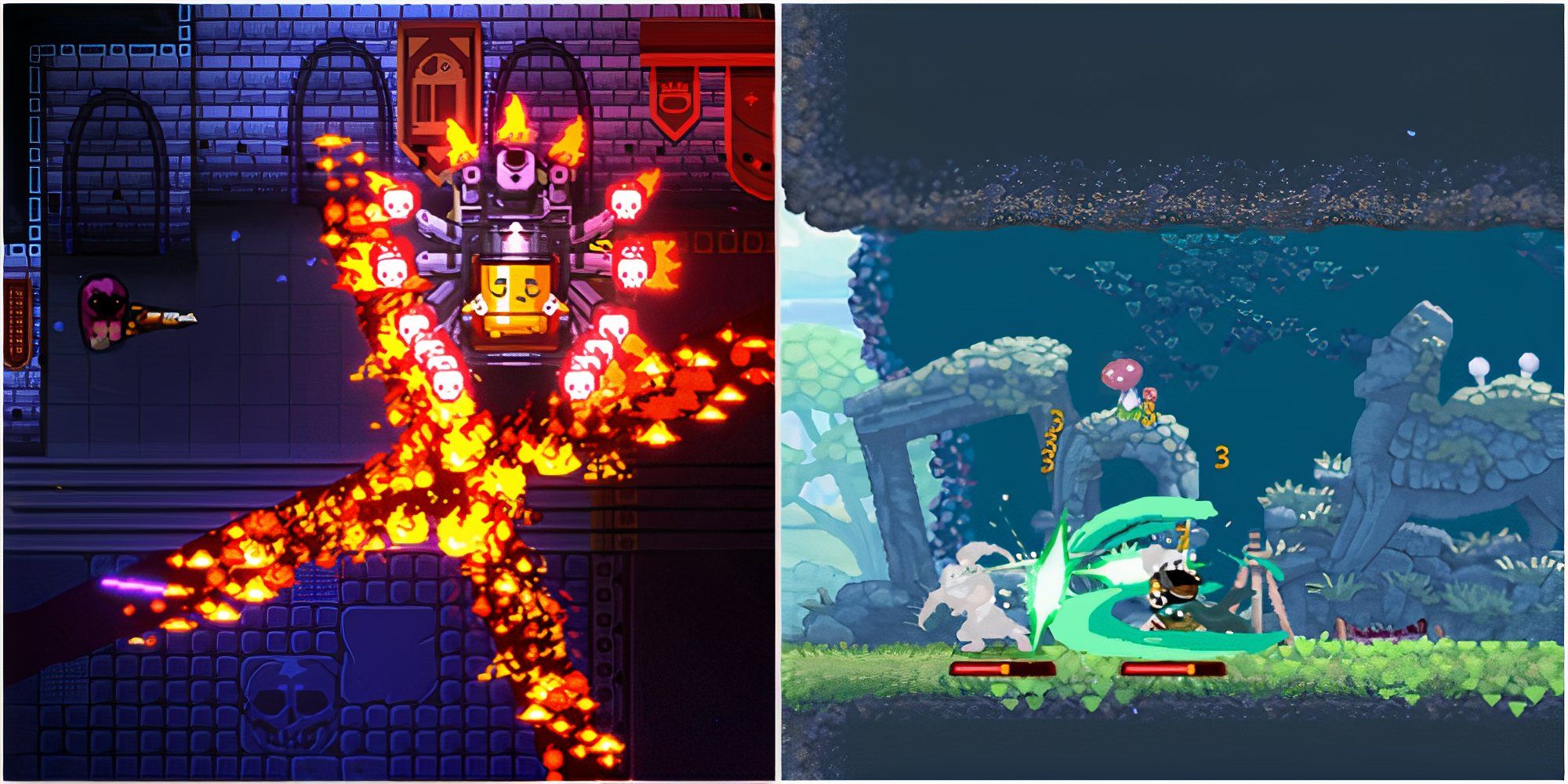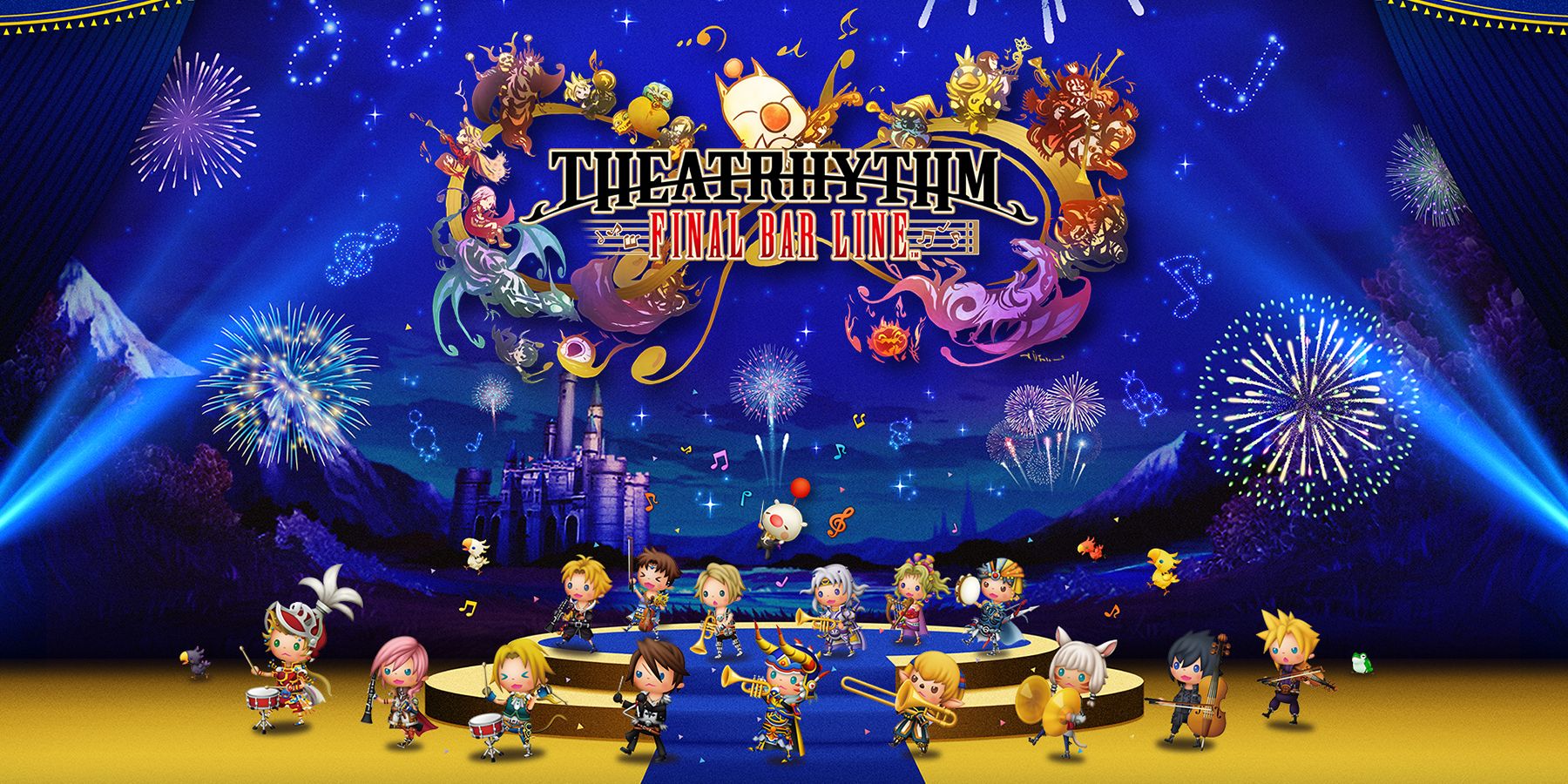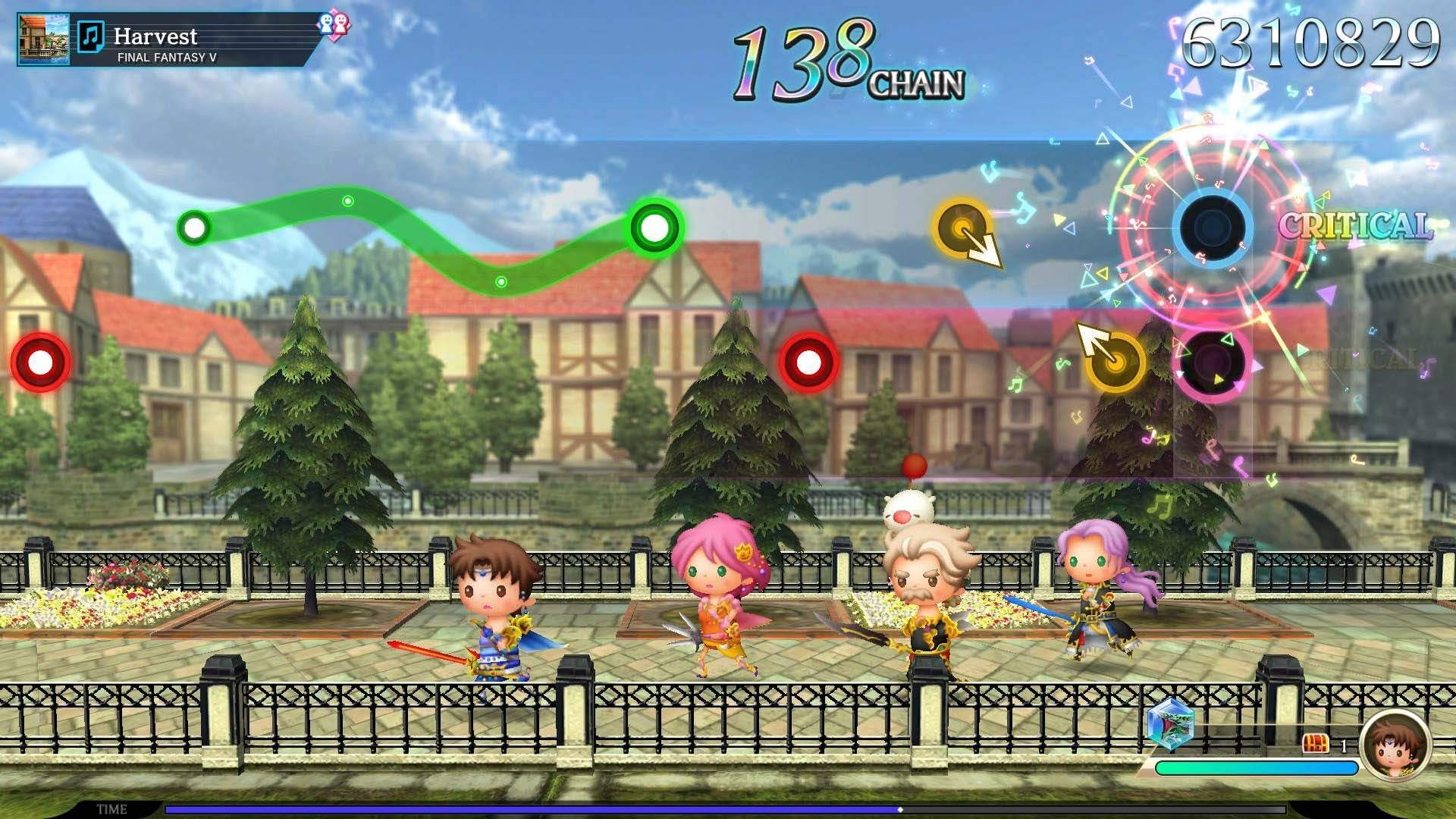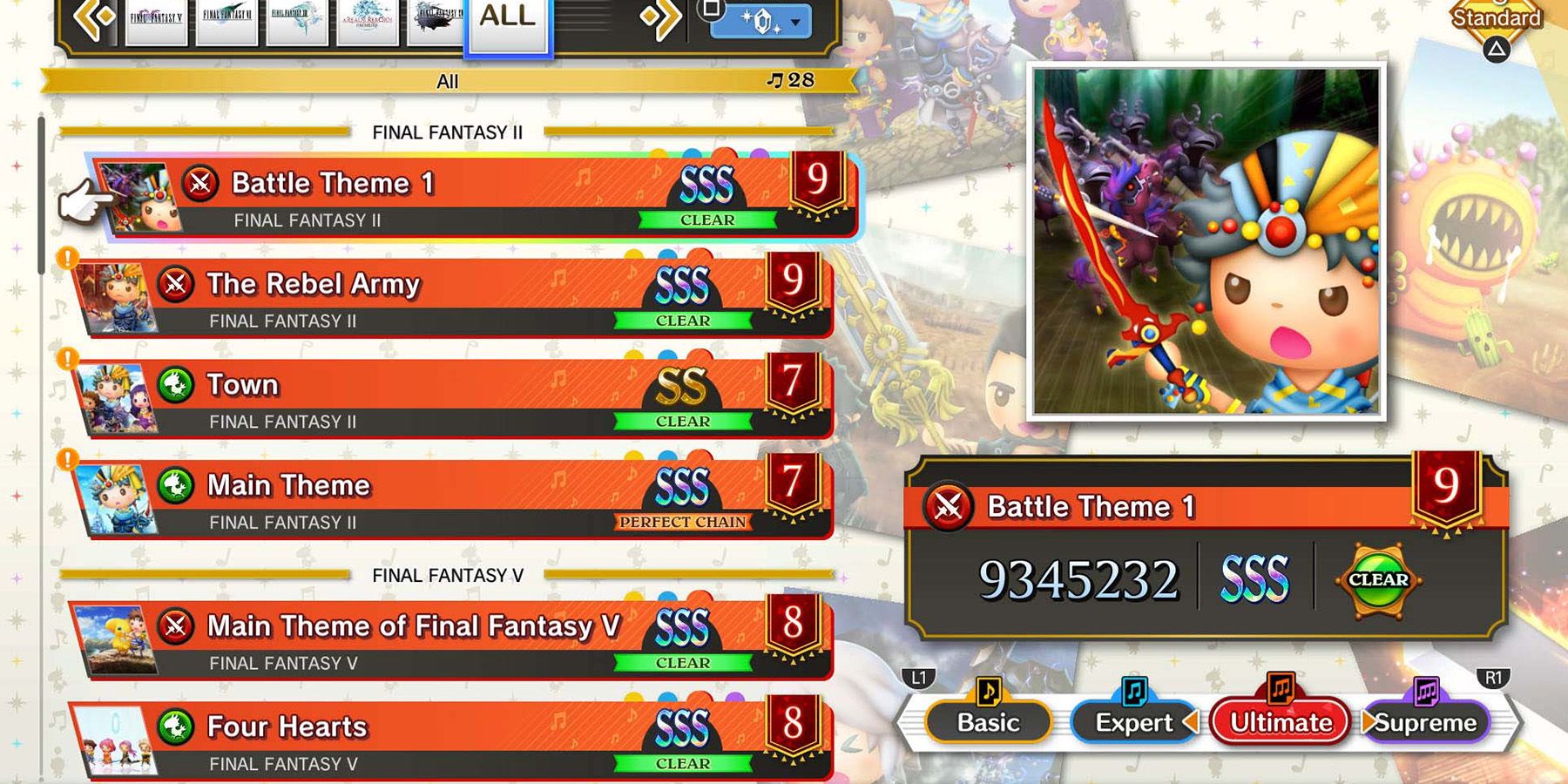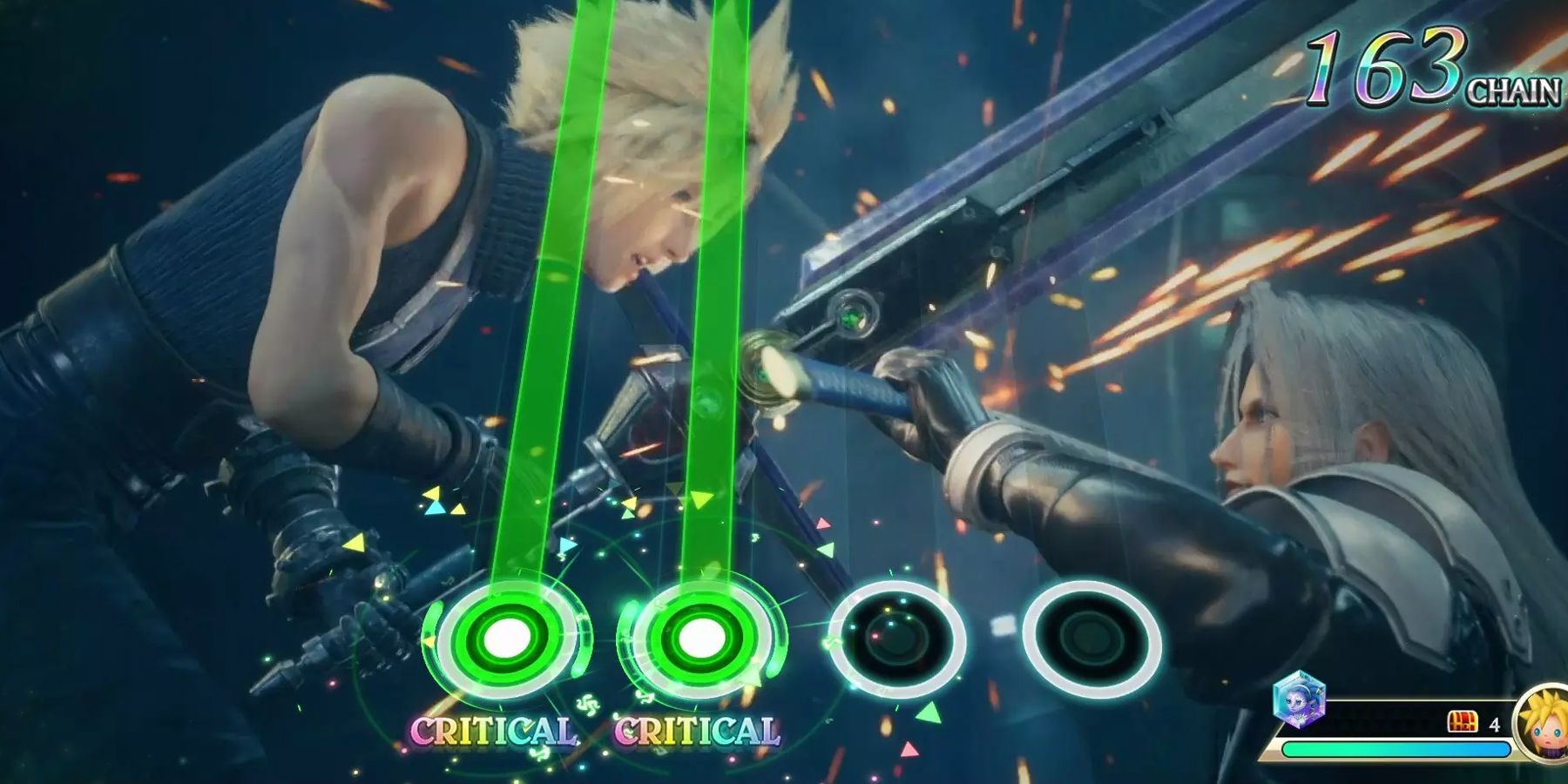Game ZXC recently spoke with Ichiro Hazama, producer of Theatrhythm Final Bar Line; Masanobu Suzui, Theatrhythm series director and founder of the indieszero studio; and Tsukasa Okayasu, director of Theatrhythm Final Bar Line about various aspects of the game's development. This upcoming title will be the latest installment in the Theatrhythm series of rhythm games which showcase the many legendary soundtracks of the Final Fantasy series and other Square Enix titles.
Final Bar Line brings numerous improvements to the franchise, including a larger track selection, more varied rhythm gameplay, and a truly massive cast of characters. The series is also making its debut on traditional consoles thanks to the PlayStation release. During the interview, the developers revealed some fascinating insights about the challenges of building a rhythm game that also features RPG character progression. The following transcript has been edited for clarity and brevity.
Q: How do you decide which songs to include when building the game's soundtrack?
Ichiro Hazama: As far as what types of songs and tracks are specifically appropriate for a rhythm game, they tend to be generally up-tempo, kind of catchy type songs. But on Final Bar Line, there is a field music stage where there also were, as you experienced, different waveforms and winding-type triggers that one must be in sync with. This provides an opportunity to feature not just up-tempo, catchy, high-tension songs but also very beautiful but slower melodious songs as well for the field music stages. So the fact that we were able to create a game where we can feature both types of this music is an accomplishment that I am particularly proud of.
Q: What is the process like when you're arranging the note sequences for each song?
Tsukasa Okayasu: So initially Square Enix owns the MIDI data for these for each of the tracks, and this kind of denotes which sounds or notes are playing at whatever time. And from there, the development teams are denoting which notes to specifically feature and use as triggers. For upbeat songs where there's a defined beat, that might be defined by a touch trigger. For melodies, where the tone might move and up and down, this might be represented with a slide trigger. So this kind of thinking is going into what creates each of the musical stages.
Q: Has working on a rhythm game affected how you think about music or game design?
Masanobu Suzui: Something that I did realize is that, when the visual and the sound are in sync and on time, it's a very satisfying feeling. When there are visual effects, and then the sound, and then there's an actual input of an action that the player is making, it feels really great. When this is carried out throughout the entirety of the track, there's a really heightened feeling of elation and that's what encompasses a rhythm action game.
Q: Indieszero recently worked on Kingdom Hearts Melody of Memory, another rhythm game. Did that experience help influence the development of Final Bar Line?
Masanobu Suzui: So in Kingdom Hearts: Melody of Memory, this was a type of game where three characters could be played and then there would be actions done using both L and R and that's the gameplay that we focused on for Kingdom Hearts. Through creating Kingdom Hearts, we discovered the joy people feel through the dual input. We built on that to create Final Bar Line, and then we refined it to include the dual directions and pressing two buttons at the same time for the trigger and found that players find this very satisfying and fun to do. This was all built upon Kingdom Hearts.
As far as other technology, Unity was used to create Kingdom Hearts and this is also the case for Final Bar Line. This lets us include very specific features and modes and puts a focus on the user being able to manipulate the settings for their desired type of gameplay. So this all encompasses and creates a refined way of enjoying this rhythm game that I believe we were able to accomplish.
Q: Having characters that level up and grow stronger is a really interesting feature for a rhythm game. How does character progression affect the gameplay?
Tsukasa Okayasu: In terms of leveling up and growing the characters during gameplay, there may be very strong enemies that may be challenging to defeat if you have a low level. So you definitely have to raise the level of the characters in order to defeat the enemies. And likewise, there are stages where even if you have many misses in the actual rhythmic game portion of the game, if your HP is restored through magic or other healing items, you could still clear the level. So there are these types of elements that are included in the game that are atypical of rhythm games.
I would also like to note that within our Theatrhythm series, Final Bar Line has the fastest leveling up of characters. We created it in this way because we wanted users to experience all 104 characters, and we want people to try all of the characters whenever possible. If I could have it my way, I would have loved to release it with characters at level 99. But of course, that's not possible. So they do start with level one, but the leveling up is quite fast. I would like users to try and play all of the characters and experience their abilities and their uniqueness.
Q: Suzui-san, you founded Indieszero back in the 90s and now the studio is working on projects with some of the biggest franchises in gaming. What has that journey been like?
Masanobu Suzui: So, initially when I started my company at age 24, my thinking back then was that if I fail, I could just go back to being a salaryman or an office worker. So, you know, I didn't have much fear at that time. But thankfully along the way I was able to meet and work with people like Hazama-san, and then eventually work on a game with the Final Fantasy series, which of course, I was a very passionate player throughout my life.
When I was in high school, I lived in the States and specifically in Rhode Island. There, I owned a Famicom and a Super Nintendo. Even though I didn't speak any English, through the games, I was able to interact and connect with my friends. That's where I discovered the power and the fun of games, and that's what made me want to work in the gaming industry. At that time, I was very much into the Final Fantasy series, and I was able to introduce them to my American friends as well. And so now I find it interesting and marvelous, like fate, that I can now introduce the series through music in this title as well, many years later.
Q: There's DLC for the game including NieR and other Square Enix titles. Are there plans to include music from future games like Final Fantasy 16?
Ichiro Hazama: As for now, what is publicly released as far as our DLC plans is all we are planning for now. But if there is an opportunity, we would like to consider it.
Q: The Theatrhythm series has been going strong for a decade now. What do you feel has evolved in most since its inception?
Masanobu Suzui: We're very happy to see that people see it as a continuing franchise. The game has evolved since the hardware itself has also evolved. And so thus, with the evolution of the hardware, the music and visuals have also evolved as well. So we see that in the future, it'll continue in that style while Theatrythm will continue to grow and evolve with the evolution of hardware. I also want to note about the Final Fantasy 7 remake: the fact that you can see it in the event stages is quite remarkable. To be able to see the visuals in their full glory as if from the original title is quite a unique experience, so we would like players to experience it.
Q: Are there any characters that you wanted in Final Bar Line that didn't quite make the cut?
Masanobu Suzui: The short answer is that there are many characters that we wanted to include but couldn't. As Okayasu-san mentioned earlier, there are 104 characters, and it is quite challenging to level up and grow all 104 of them. That's quite a feat, so there are many that we were unable to include. It's very unfortunate, but there are 104 characters that you can raise and include in your party, so we'd like players to have fun.
Q: Were there any songs that stuck out as being particularly difficult to work with?
Tsukasa Okayasu: In terms of songs that are difficult to translate into the rhythm game structure, songs that have a repeat in the melody or that have a chorus or something that repeats are challenging just because it would be boring to repeat the same types of trigger arrangements, so we have to come up with something new each time. For the song Battle on the Big Bridge, there are eight remixes or arrangements that are included for Final Bar Line. I remember the team saying that this was a challenge, they were running out of ideas on different trigger patterns to come up with since they had to do a different one for each arrangement.
Theatrhythm Final Bar Line releases February 16 on Nintendo Switch and PS4.

